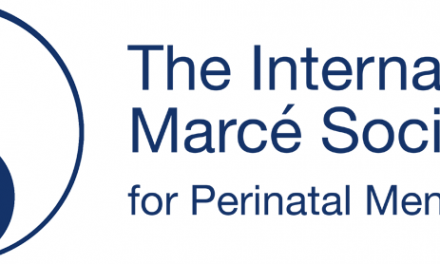Professional scientific societies must continually re-evaluate and advance their vision and mission, not only to serve their membership but, more broadly, to achieve their core purposes of education and research in their specific discipline(s). Sometimes, this means they begin toying with the idea of launching a new journal, and when those discussions become serious, you try not to panic. As the managing editor of the Society of Biological Psychiatry family of journals, I’ve now been there – twice. On the one hand, you know the next few months will be pandemonium and your work life will be turned upside down. On the other hand, you recognize the careful and reasoned consideration of your society and are fully supportive of the endeavor.
Having now successfully launched two new journals, I can definitively say that it can be a stressful, daunting task, but smartly utilizing strategies that serve you well in day-to-day work is an approach that I’ve found useful.
It is not possible to do everything at once. This is obvious, of course, but there are times when it does feel as though everything needed to be finalized as of yesterday and so it is crucial to remember human limitations. To combat those pressures and prevent feelings of being overwhelmed, organization is absolutely vital, as is prioritizing and managing expectations. Plan ahead when possible. Track everything. In fact, during our first journal launch, I am grateful that I had the foresight to develop a journal launch checklist where I did just that. For our second launch, I was able to simply copy that document, expand upon it where needed, and voila – I knew everything that needed to be accomplished and in a relative order of priority. You know that old adage: work smarter, not harder!
There are the expected ‘basics’ of a journal launch. It’s a long list of, among many other things, developing an Aims & Scope, appointing editors, establishing an Editorial Committee and Editorial Board, setting up a submission system, activating transfer mechanisms, creating a Guide for Authors, and setting up a website. Beyond the basics, every journal also has its unique aspects. Your editor may want to handle some things differently than the other journals. Perhaps the journal will publish distinct types of articles. Contractual obligations might also be different. (Side note: My advice is to read the contract, every word. Then read it again. And then read it again next week.)
In our case, the third journal is a gold open-access, whereas our first two are hybrid, subscription-based journals. This meant educating myself and my team on many new aspects of publishing with which we had no prior experience. Developing new policies and procedures to address these new elements of publishing was crucial. How do you handle transfers from a free-to-publish journal to a mandatory-fee journal? How do you handle waiver requests? How do you track these in the most efficient way possible? Some of these things we are still learning, but the first step is always asking my editor. For every new roadblock or unknown arena, if it pertains to manuscript handling in any way, the editor decides. My role is to implement and put measures into place (policies & procedures; template letters) for my team to be successful in following the editor’s guidance.
Naturally, communication is key. What is your editor-in-chief’s vision for the journal? How can you support and assist him/her in accomplishing that vision? What about your team? Are you keeping them informed? Do they have concerns? Are they feeling stressed? What about your publisher? Are all the necessary journal documents in order? Have you established who is responsible for what? Ask questions. Keep an open dialogue. Consult with the editor. Check in regularly. Remember to breathe!
The amount of work is incredible and a bit exhausting, but the experience is so rewarding. After the hard work is done, you’re then there to celebrate every new milestone for this journal that you feel so invested in. You’re excited to see that first submission. You cheer at the first acceptance. You’re elated at getting indexed in PubMed. You’ve earned the right to enjoy those moments, big and small, that are collectively building a history for this entity that didn’t exist a few months ago. It is a special professional experience to have the opportunity to help launch a new journal and I am proud to have been part of it.
Rhiannon Bugno | Managing Editor
Biological Psychiatry Family of Journals
Do you need help with your academic journal? Please click here to start a conversation with PMG. Our mission is to help our clients to achieve theirs.






